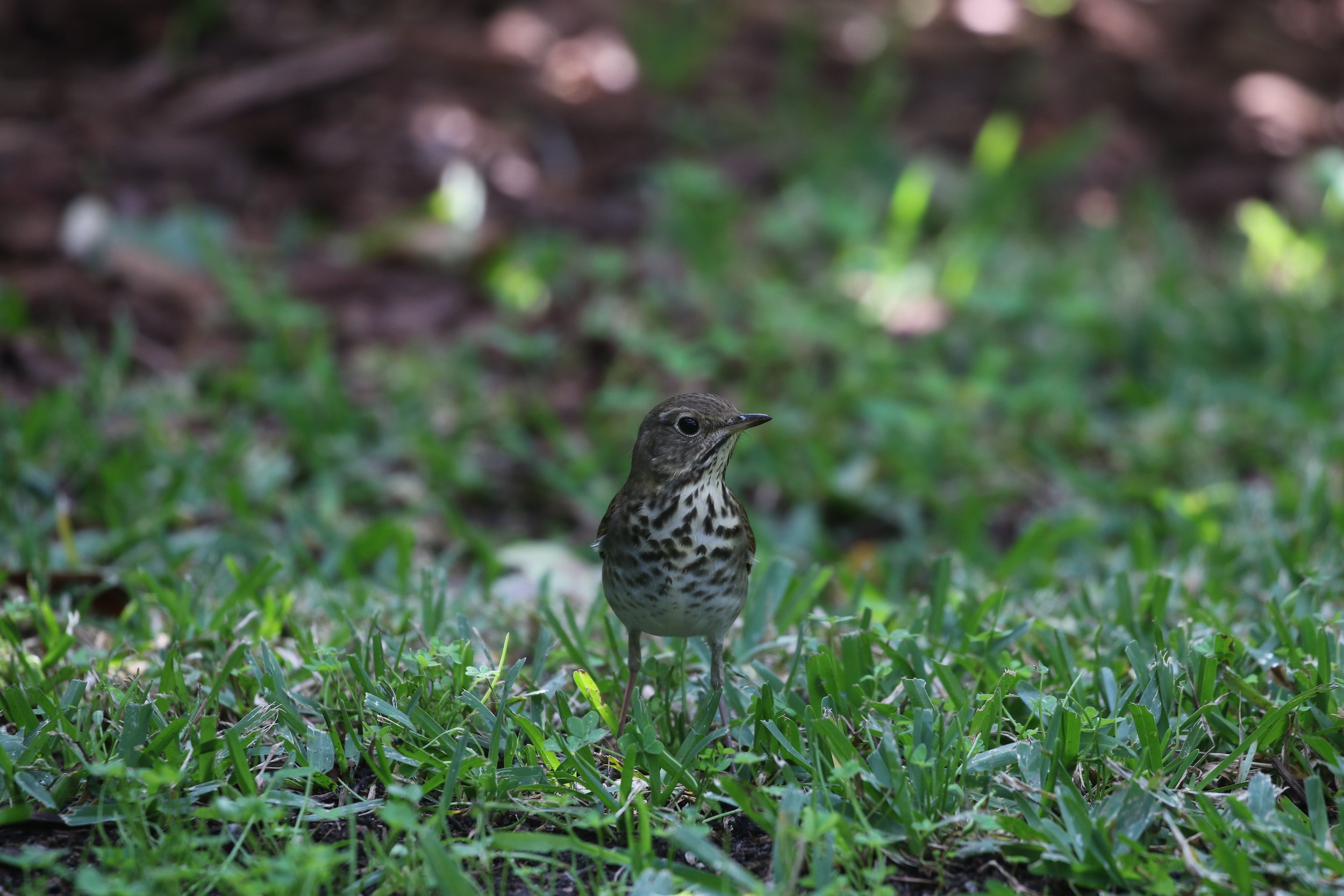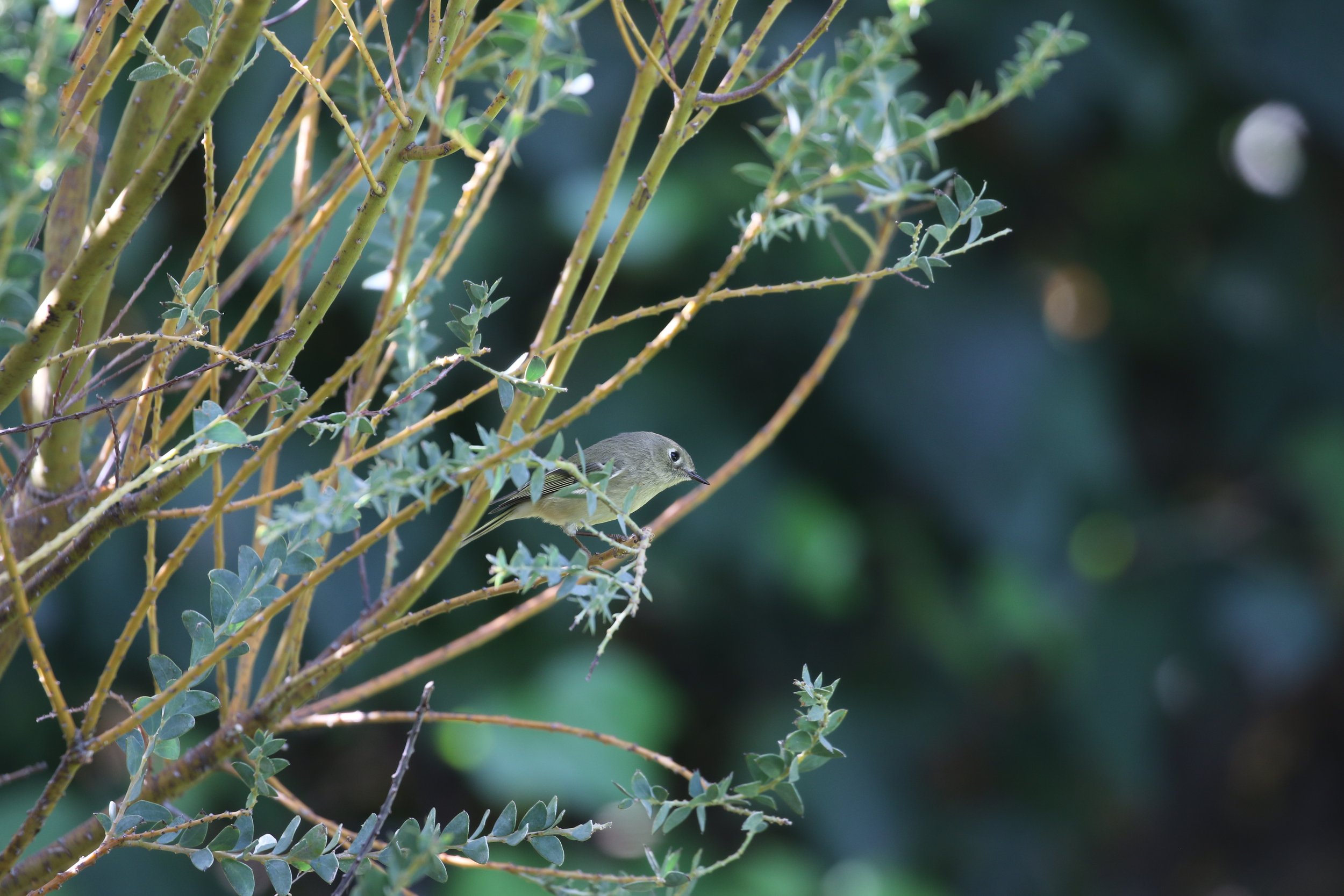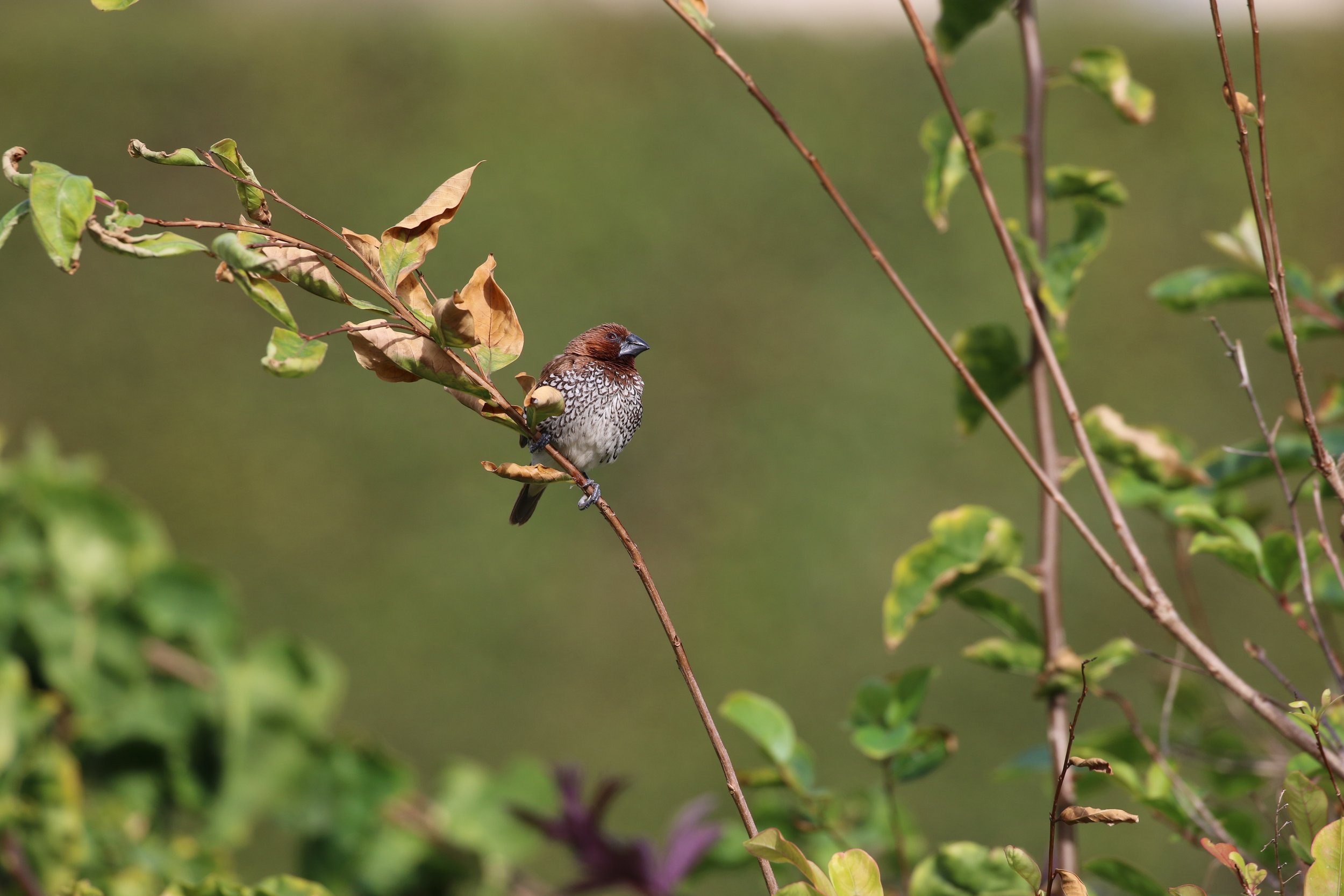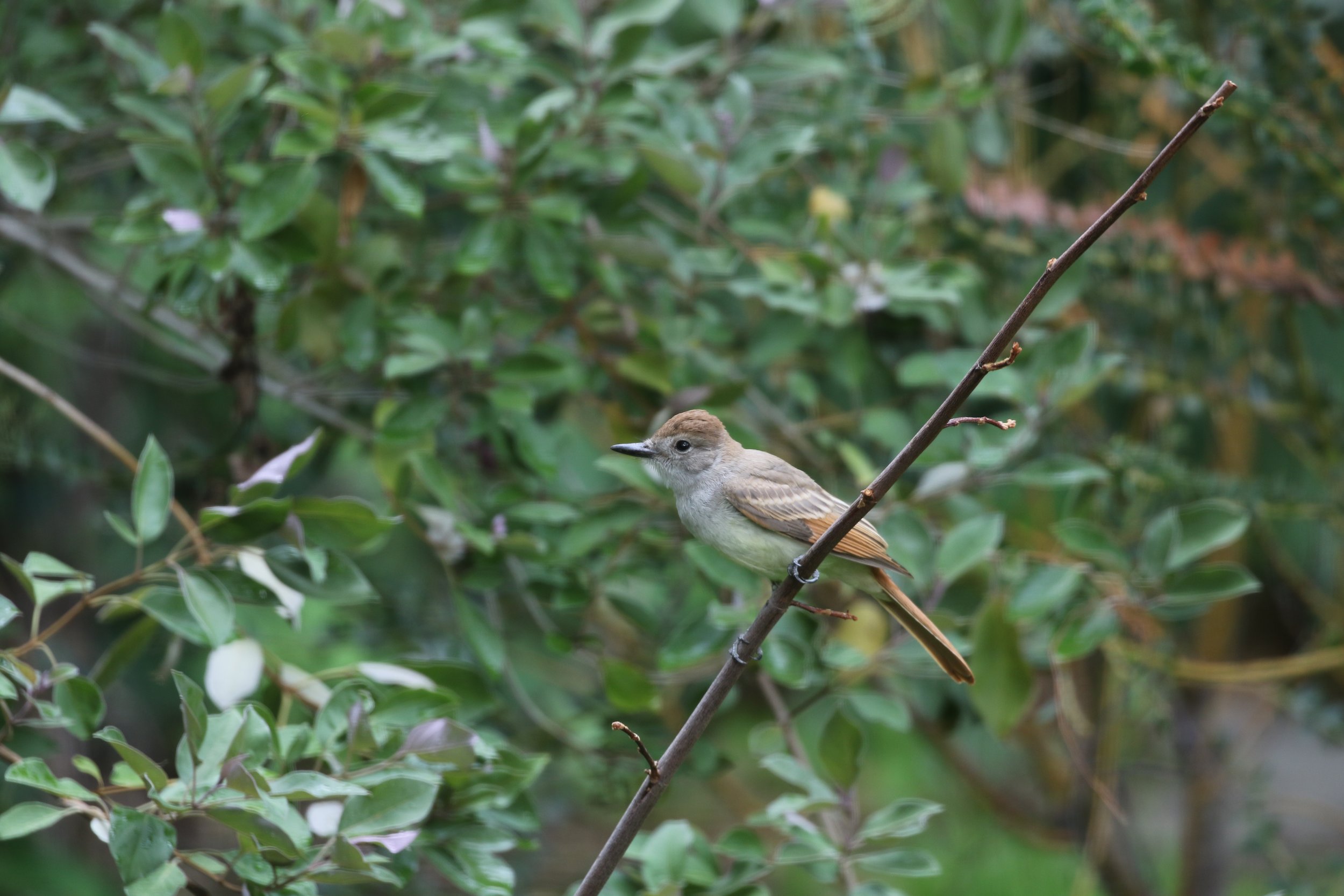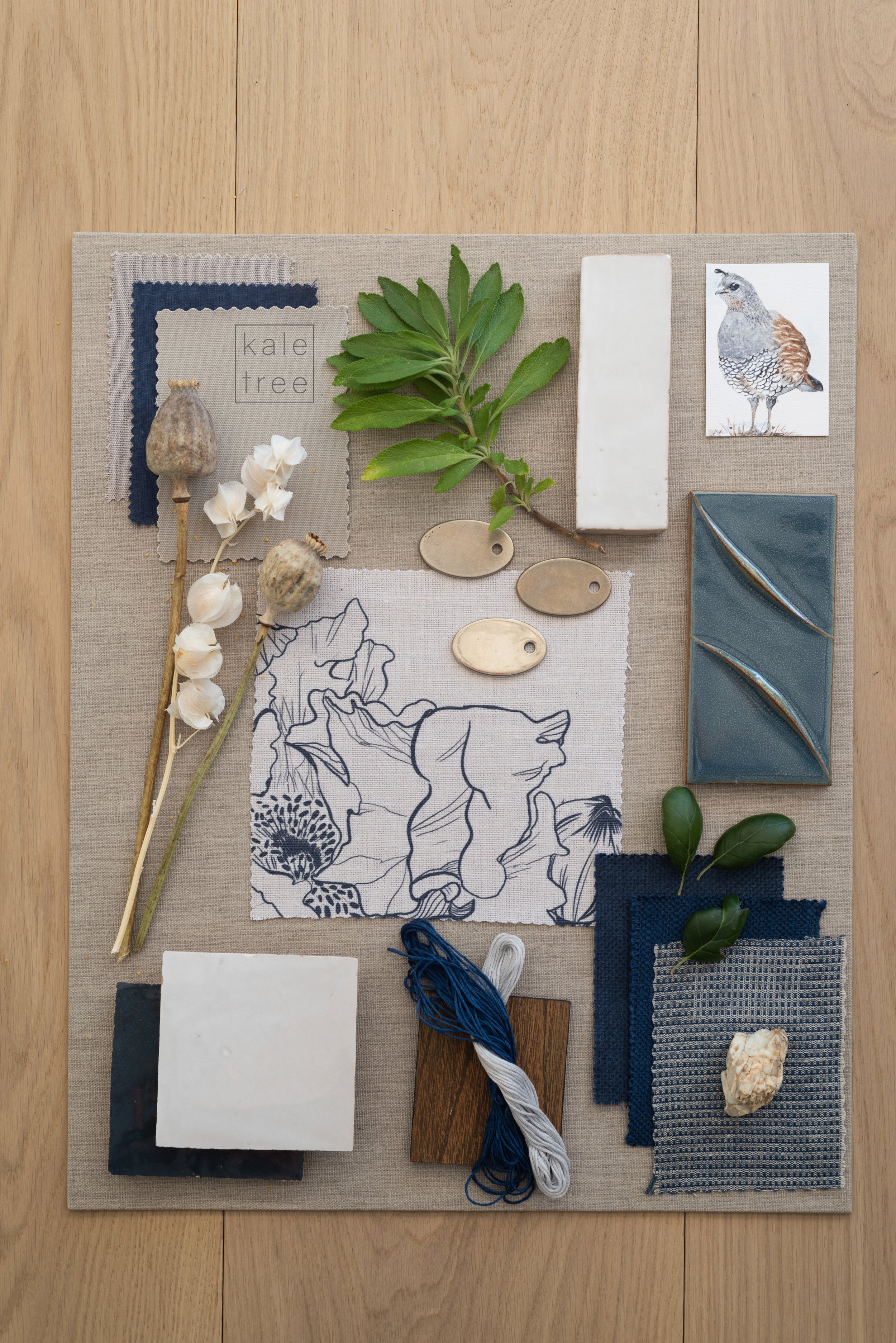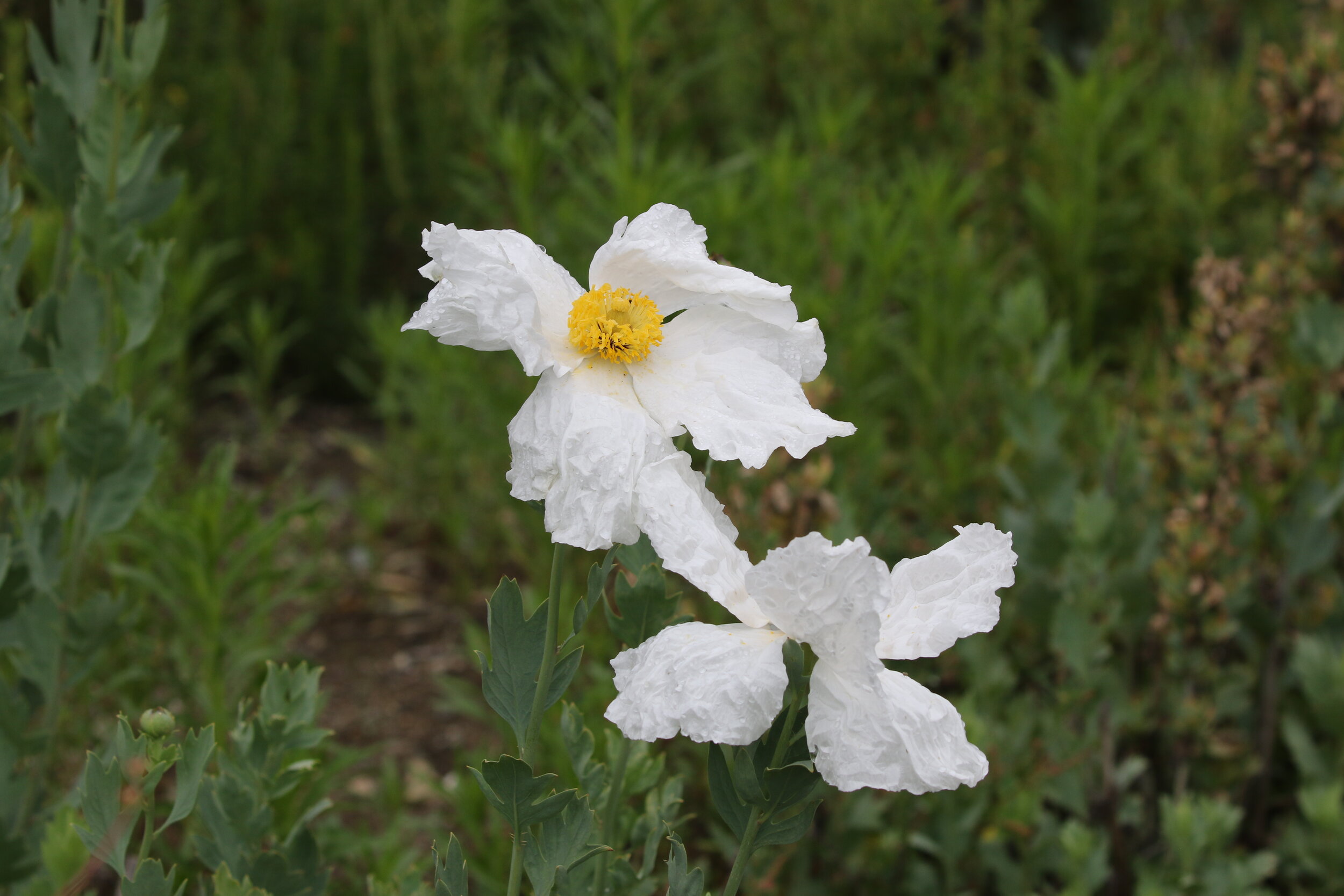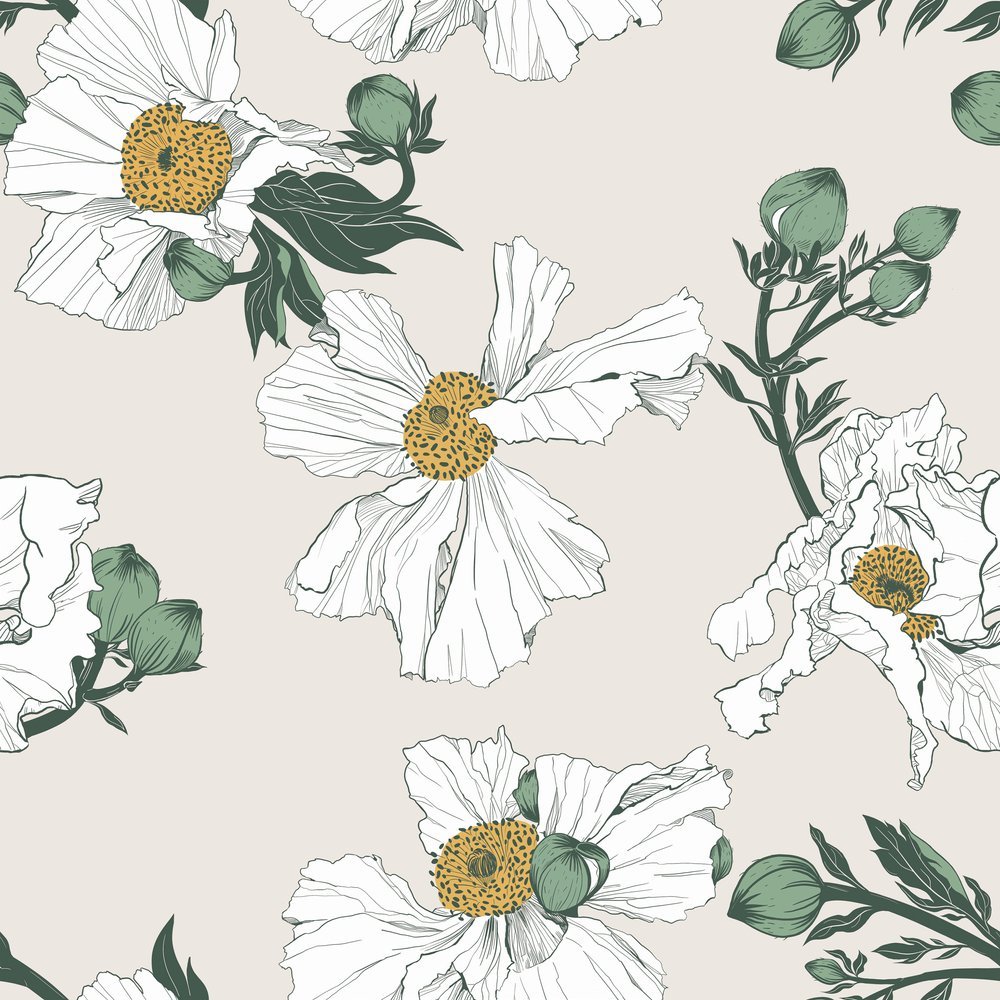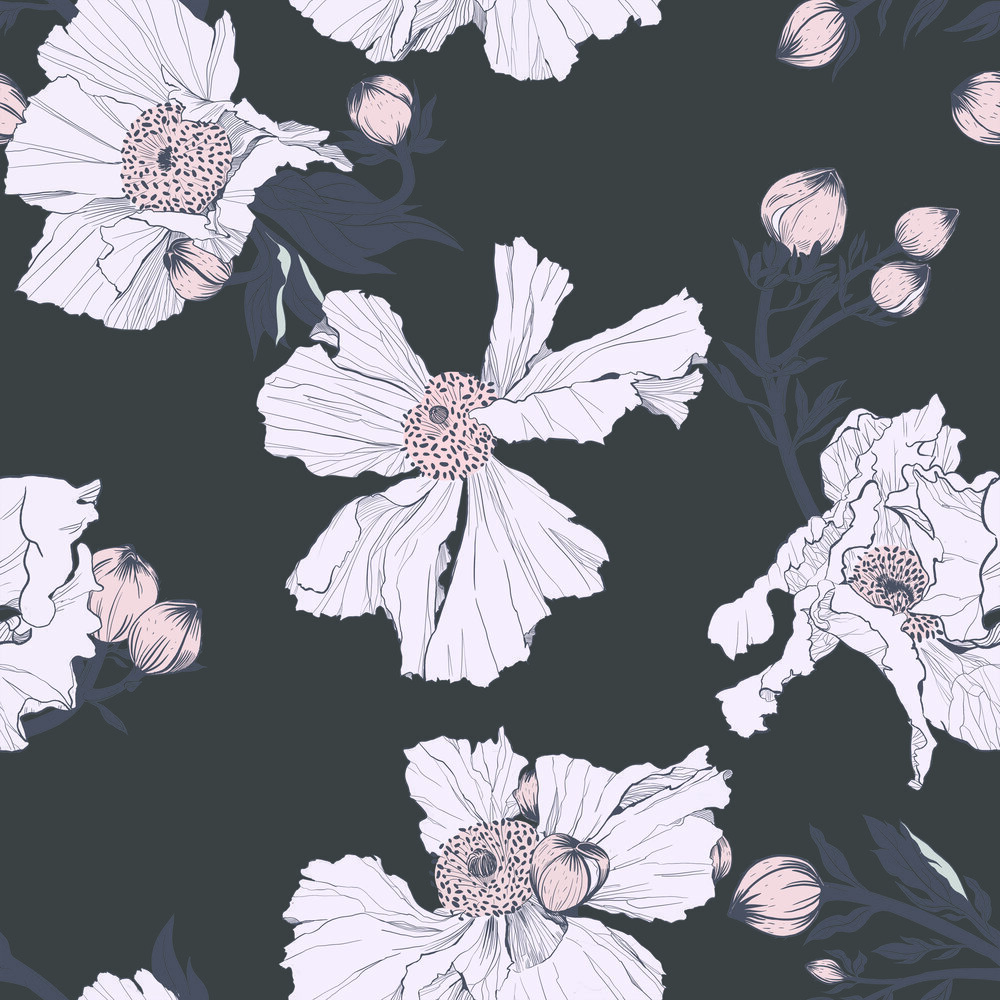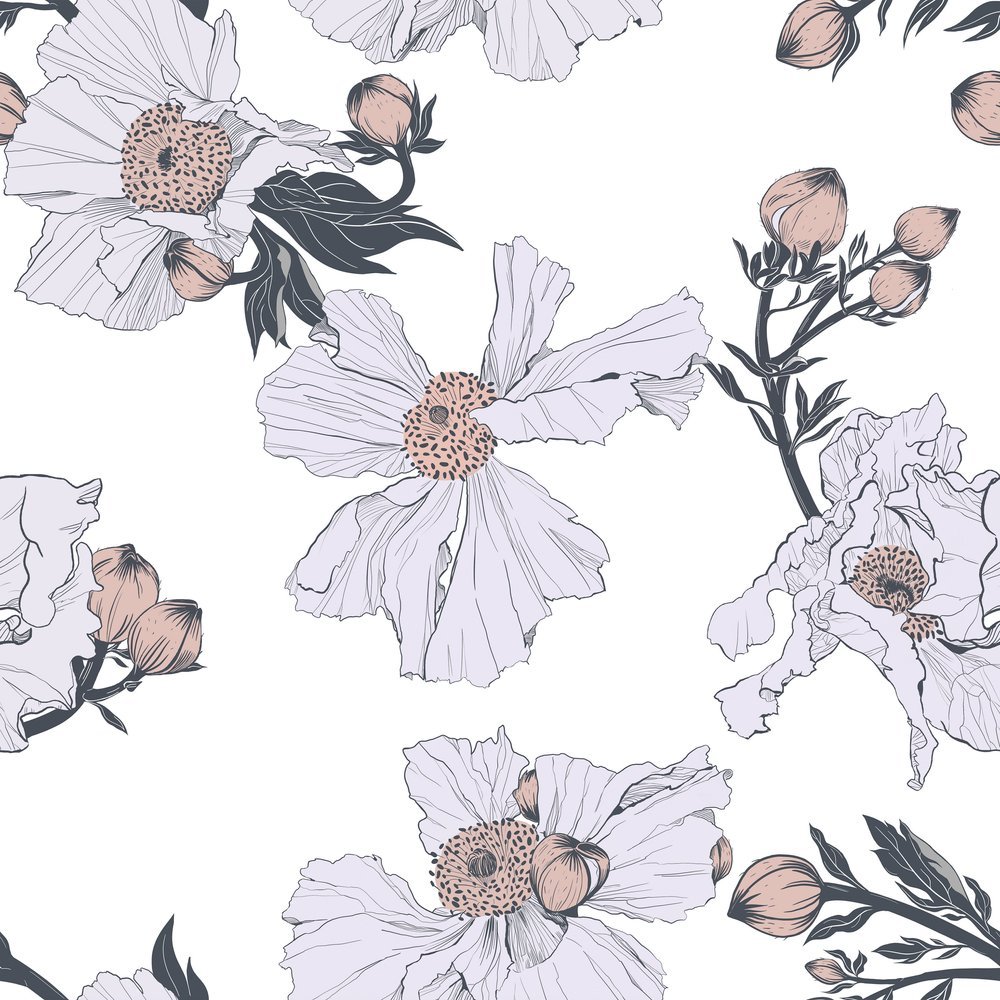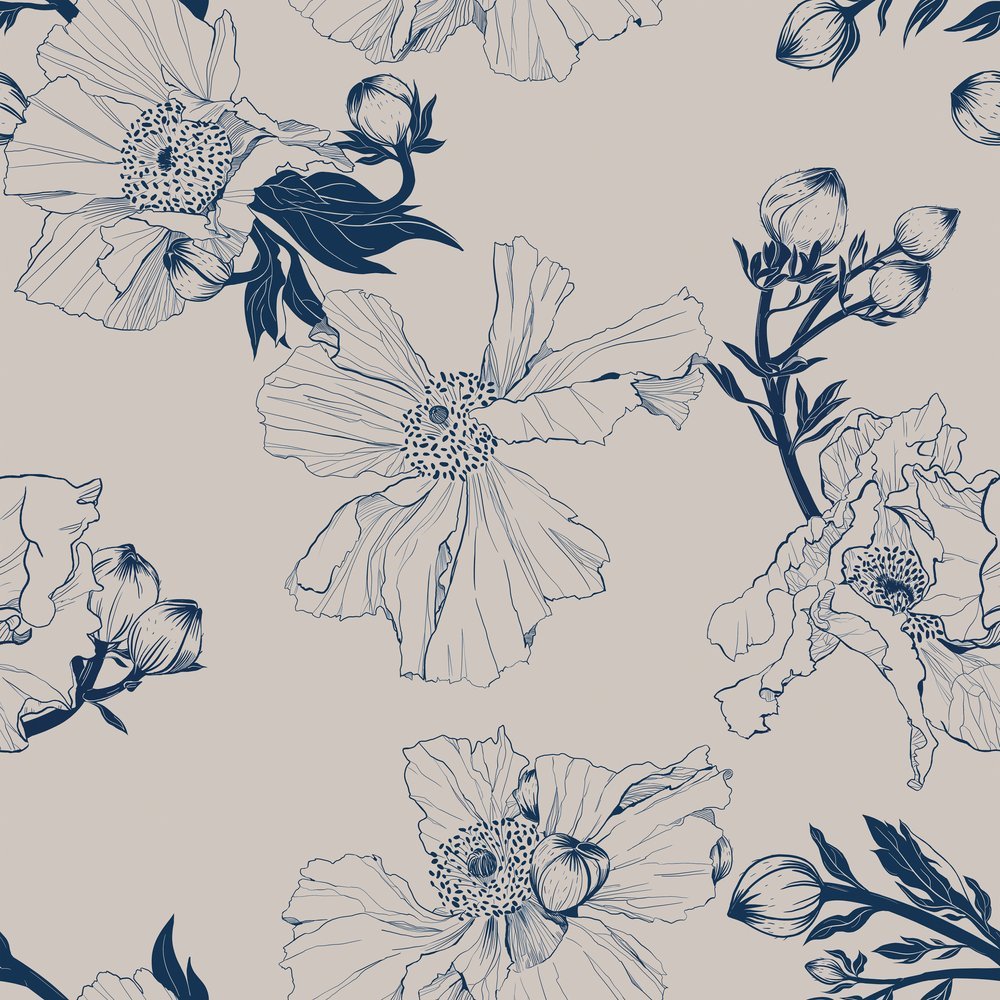Birdwatching as mindfulness: Creative connections within the bird watching community.
The benefits of looking at nature are everywhere, no matter where you live. Outdoor recreational activities such as hiking and being in nature promote feelings of well-being. Recent research by academics at the University of Exeter, the British Trust for Ornithology, and the University of Queensland suggests that birding, in particular, has mental health benefits. Researchers in the UK recently determined that people who saw more birds in their daily lives experience less stress and depression. Bird-watching is a practice that encourages mindfulness and patience. Simply watching a bird feeder can be beneficial for your mental health.
Birding also benefits your mental health through the community and friendships that it creates. A love of birding connects people from all walks of life and is what initially drew interior designer Sarah Barnard, WELL AP + LEED AP, to the artwork of Vivienne Edwards.
The watercolor paintings of small birds included in several of our mood boards for the Matilija Poppy Textile and the Mallow Textile are by the artist Vivienne Edwards. Vivienne is based in South Africa and makes small watercolors of birds that she encounters in the natural environment around her. Sarah discovered Viviennes' work one day by chance, drawn to the intimacy of their small size (2.5 x 3.5 in) and how they reflect the artist's relationship with her natural surroundings.
Sarah is an avid birder and felt that Vivienne's paintings would be a special addition to her art collection. Sarah commissioned a small set of paintings from Vivienne based on photographs Sarah took of favorite birds in her garden.
These magical birds are featured in a series of Kale Tree mood boards, whose nature-inspired luxury eco fabrics incorporate biophilic prints inspired by the intersection of art, design, and nature. Sarah thought these paintings contributed to the overall feeling of these mood boards, which feature a series of natural materials and textures that help visualize the collection of objects that make up an interior space.
The bird featured in this Kale Tree mood board for the Matilija Poppy Textile in Putty is a Ruby-crowned Kinglet (Regulus calendula); this is a tiny, very cautious bird that can be quite timid. Sarah has mainly spotted the Ruby-crowned Kinglet in the Acacia cultriformis tree in her garden, which it uses as a safe passage to the water bowl. It is a fairly solitary bird that does not stay out in the open for too long. Its ruby crown is very subtle, making it difficult for her to identify at first, and she was very happy when she did. The hand-drawn pattern of this floral textile is inspired by Matilija Poppies (Romneya coulteri), a favorite California native flower.
The Hermit Thrush (Catharus guttatus), is a bird with which Sarah feels a real fascination and kinship. Of all the songbirds, the Hermit Thrush is considered to have one of the most beautiful songs. The first time Sarah saw a Hermit Thrush, she was overcome and entranced by the beauty of this bird which felt like it had a magic quality. The Hermit Thrush is quite solitary; it moves along the edges of the garden with cautious stealth, so it feels like a special moment when it is spotted. Hermit Thrushes seldom visit backyards making this sighting and painting all the more special, a beautiful and meaningful addition to the Matilija Poppy Textile (Midnight) mood board from Kale Tree.
The mood board for the Matilija Poppy Textile (Bluestone) features a painting of the California Quail (Callipepla californica), the California state bird. This bird has beautiful feather patterns and enchanting qualities similar to the hermit thrush. Sarah had only ever seen California Quails in the desert until she moved to her new house, where she saw a pair walk across her patio one day. This experience was delightful and magical as it possibly meant they were nesting nearby. Sarah intends to plant a quail bush (Atriplex lentiformis) in her garden to encourage the birds to stay a while.
The painting featured in the mood board for the Matilija Poppy Textile (Natural) is of a Scaly Breasted Munia (Lonchura punctulata). You can usually find this small songbird in grasslands, gardens, and fields; the scaly spots on its underbelly and the color palette of its feathers compliment the stamens in the center of this poppy textile. Sarah first saw this bird in her garden and had never seen a bird like it before. She was surprised to learn that it was an introduced species from South East Asia. On watching this bird, she was struck by how familial and social they are; they are hardly ever seen alone and are often spotted sharing food and space. The Scaly Breasted Munia is also a lot less timid around humans, usually happy to sit and listen to a little bit of a human-to-bird conversation.
A painting of a Bewick's Wren (Thryomanes bewickii) is paired alongside a series of natural materials in the mood board for the Mallow Textile (Evening Mauve). The Bewick's Wren was originally one of Sarahs' favorite birds and has been in Sarahs' life for a long time. At her last house, a mother Bewick's Wren, taught her babies to eat suet cake from her bird feeder. The mother wren would also leave baby birds in a bush in Sarahs' garden while they went to forage, allowing her to spend some time with these usually solitary birds. Although they are usually found in dry bushy areas, the Bewick's Wren is also at home in gardens and parks in suburbs and cities. Its ability to live in natural and built environments creates a lovely allegory reflecting the design philosophy behind this floral fabric.
In this last mood board, a painting of an Ash-throated Flycatcher (Myiarchus cinerascens) accompanies a swatch of the Mallow Textile (Midnight Forest). These birds are often found in dry places, and as a result, they don't need to drink much water. Instead, they get the water they need from their food. Sarah often sees these birds in her garden, but explains that patience is required as they are usually on a perch somewhere, sitting, waiting, and surveying for insects that they catch in mid-flight.
Vivienne Edwards is a self-taught artist from South Africa who loves to work with the unpredictability of watercolors. She is fortunate to live in a wildlife-rich region with abundant bird life and wetlands. Her work takes inspiration from the small creatures in the natural environment around her, going about their daily lives with such purpose and energy. It is often a show of vulnerability from this wildlife that prompts what she decides to paint, such as a Sparrow delicately picking a sprig of parsley for its young.
Sarah and her team love working with other artists, especially those who celebrate the beauty of nature and inspire joy through their work.
Bibliography
“Beautiful Birding: 7 Mental Health Benefits of Bird Watching.” Happiness.com, 27 Jan. 2022, https://www.happiness.com/magazine/art-culture-leisure/mental-health-benefits-of-bird-watching/.
Leahy, Christopher W. “Teaching Your Mind to Fly: The Psychological Benefits of Birdwatching.” Princeton University, The Trustees of Princeton University, 31 July 2021, https://press.princeton.edu/ideas/teaching-your-mind-to-fly-the-psychological-benefits-of-birdwatching.
Ray, Heather. “A Dose of Nature: Why Birding Will Boost Your Mental Health.” Birds and Blooms, Birds and Blooms, 27 Apr. 2022, https://www.birdsandblooms.com/birding/birding-basics/birding-health/#:~:text=Researchers%20in%20Kentucky%20found%20that,beneficial%20to%20your%20psychological%20health.
Sarah Barnard is a WELL and LEED accredited designer and creator of environments that support mental, physical and emotional wellbeing. She creates highly personalized, restorative spaces that are deeply connected to art and the preservation of the environment. An advocate for consciousness, inclusivity, and compassion in the creative process, Sarah has appeared in Architectural Digest, Elle Décor, Vogue, HGTV and many other publications. In 2017 Sarah was recognized as a "Ones to Watch" Scholar by the American Society of Interior Designers (ASID).
Matilija Poppies: A Fried Egg(less) Dream
There is really nothing on flower earth quite like the Matilija Poppy. While, yes, there are other wonderful poppies that are full of ruffle-y delight—- this one is no typical clump of California poppies.
There is really nothing on flower earth quite like the Matilija Poppy. While, yes, there are other wonderful poppies that are full of ruffle-y delight—- this one is no typical clump of California poppies. When well established, this glory of blooms and buds can grow to 8 feet tall with endless flowers, each nearly 5 inches across!
I’ve always admired this plant on walks around Los Angeles neighborhoods, seeing it wild and free taking over suburban gardens. I’ve planted it in my garden primarily on sunny slopes and found that perhaps because of Southern California’s incredible summer heat, it does surprisingly well in areas partly shaded by trees.
I purchased my 4-inch and 1-gallon starter plants from La Crescenta Nursery in the Oakmont neighborhood of Glendale, Theodore Payne Foundation in Sun Valley and Hahamonga Native Plant nursery in Pasadena, CA.
The Matilija Poppy or Romneya coulteri is known for stabilizing slopes because of its creeping root stalks or rhizomes. It’s also known for being challenging to remove so consider your planting location carefully.
Initially, I incorrectly assumed that Matilija was a Spanish word, resulting in a long-time mispronunciation!
In fact, Matilija comes from the word "Mat'ilha", a Chumash village once located in what is now referred to as Ventura and Santa Barbara County. Currently in development is the Santa Ynez Chumash Museum and Cultural Center “being built to celebrate Chumash heritage, share the tribe’s history, and educate visitors about the rich culture of the first people of the area. The Santa Ynez Chumash Museum and Cultural Center will also advance the legacy of the Chumash environmental stewardship and keep ancient sustainability traditions alive by seeking to become one of the first LEED-certified tribal museums in the United States.”
I enjoy photographing the giant white flowers and golden pom-pom centers almost as much as I enjoy growing them.
They shape shift through the season, their distinctive silver grey leaves remaining long after the flowers have gone.
Our team has been developing a special collection of textiles, wallpapers and area rugs inspired by the beauty of the Matilija Poppy. Soon to be released in five colorways; natural, midnight, petal, putty and bluestone.
Sarah Barnard is a WELL and LEED accredited designer and creator of environments that support mental, physical and emotional wellbeing. She creates highly personalized, restorative spaces that are deeply connected to art and the preservation of the environment. An advocate for consciousness, inclusivity, and compassion in the creative process, Sarah's work has been recognized by Architectural Digest, Elle Décor, Real Simple, HGTV and many other publications. In 2017 Sarah was recognized as a "Ones to Watch" Scholar by the American Society of Interior Designers (ASID).
Nature at Home: Botanical Textiles from Tradescant & Son Now Available at Kale Tree Shop
Sarah Barnard is now the exclusive California representative for Tradescant & Son through Kale Tree Shop's online marketplace. The line features a wide range of nature-inspired luxury eco fabrics and wallpapers made with a sustainability-minded production process.
Sarah Barnard is now the exclusive California representative for Tradescant & Son through Kale Tree Shop's online marketplace. The line features a wide range of nature-inspired luxury eco fabrics and wallpapers made with a sustainability-minded production process.
The foundation of Sarah Barnard's practice is a belief that interior environments should contribute to wellbeing, both emotionally and globally. Barnard's work focuses on sustainability, emphasizing the importance of nature, both through conscious sourcing and as the inspiration for many of her designs.
The designer's use of natural themes and environmentally conscious materials spoke to the sensibilities and priorities of Tradescant & Son, who recognized Barnard as an ideal representative for their line. Tradescant & Son director Amy Hardman says, "Our 100% linens and the relaxed yet stylish look to our designs promote a holistic and contemporary feel. This, together with the fact that we share a commitment to ensuring sustainability wherever possible by using locally woven fabrics and printers, is a fantastic and exciting foundation for our relationship with Sarah Barnard Design."
The fabrics and wallpapers feature a wide variety of natural themes, from a graphic striped wallpaper composed of vibrant hummingbirds to linen textiles inspired by historic entomology archives from the University of Oxford Museum of Natural History, softly patterned with moths or beetles. With a range of bird fabrics, butterfly patterns, and botanical prints, the timeless patterns nod to historical, scientific illustrations, while their colors and design have a contemporary feel suitable for a diverse array of settings.
On the collaboration, Barnard noted that "As a birder, naturalist, and avid gardener, I was drawn to Tradescant & Son's collection of biophilic prints. Particularly when designing for metropolitan areas, I like to turn to natural motifs to stand in for nature that may not be as readily available for someone with a city view. The entire Tradescant & Son collection offers an impressive array of options when looking to bring the experience of wildlife into an interior."
These products are available for purchase through the website www.kaletree.com. Additional support is available for design and trade professionals by contacting shop@kaletree.com.
Sarah Barnard is a WELL and LEED accredited designer and creator of environments that support mental, physical and emotional wellbeing. She creates highly personalized, restorative spaces that are deeply connected to art and the preservation of the environment. An advocate for consciousness, inclusivity, and compassion in the creative process, Sarah's work has been recognized by Architectural Digest, Elle Décor, Real Simple, HGTV and many other publications. In 2017 Sarah was recognized as a "Ones to Watch" Scholar by the American Society of Interior Designers (ASID).


